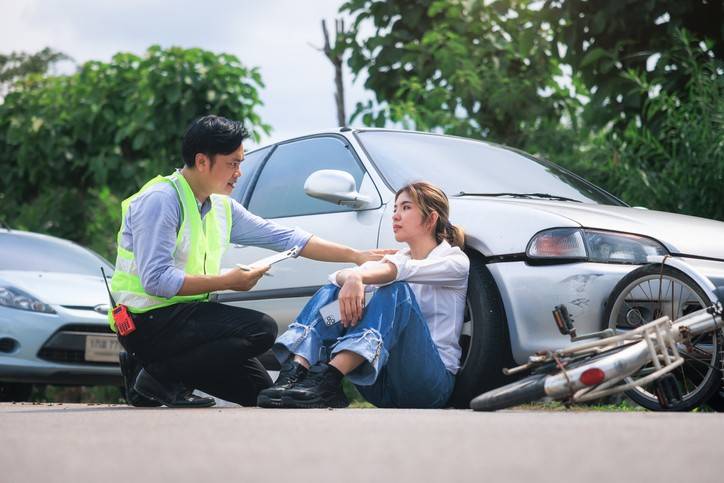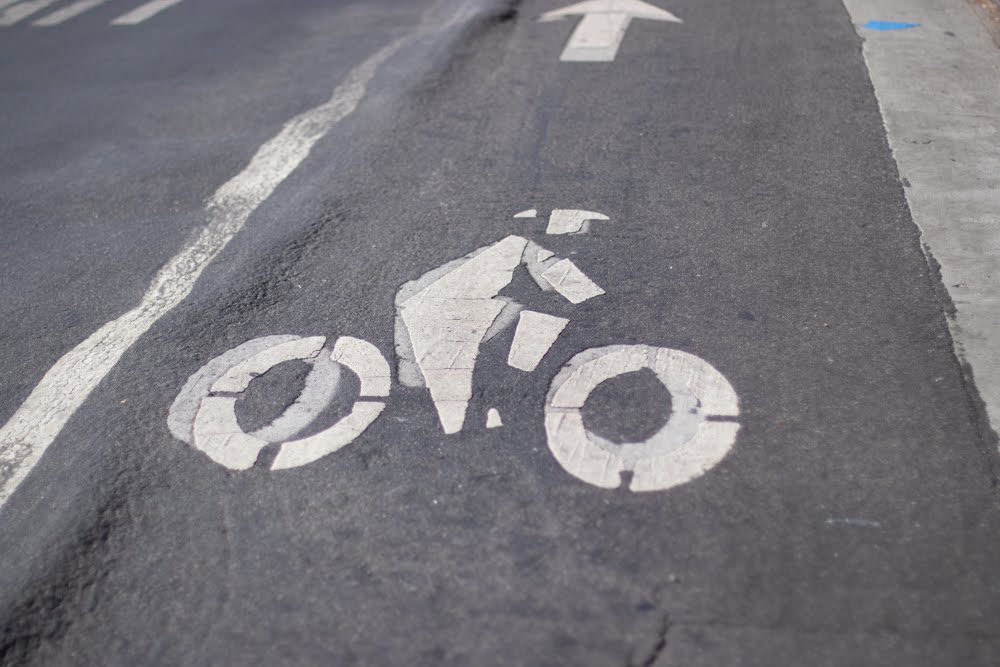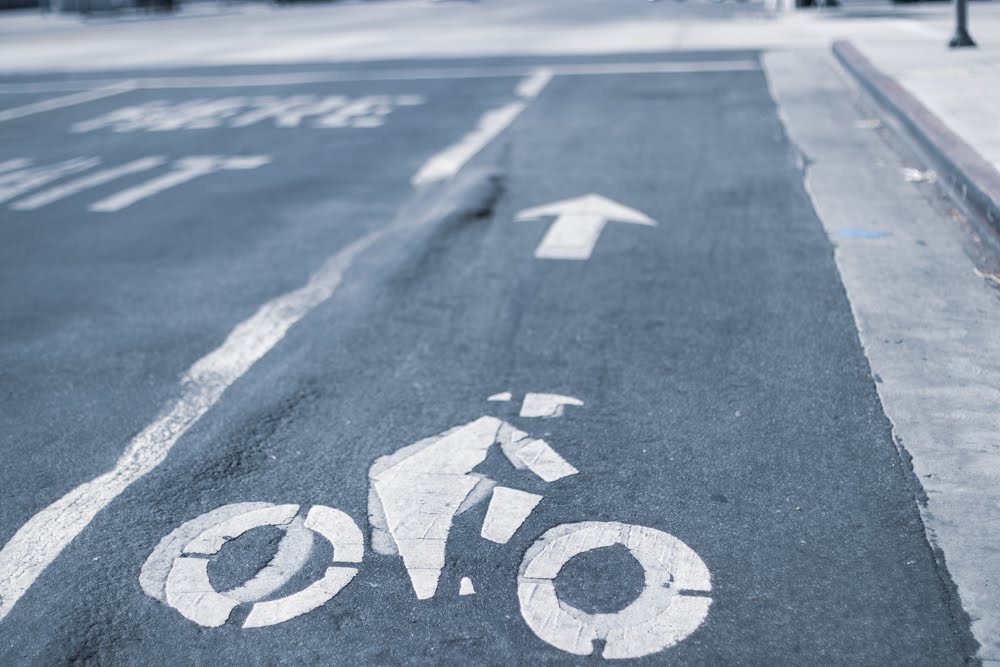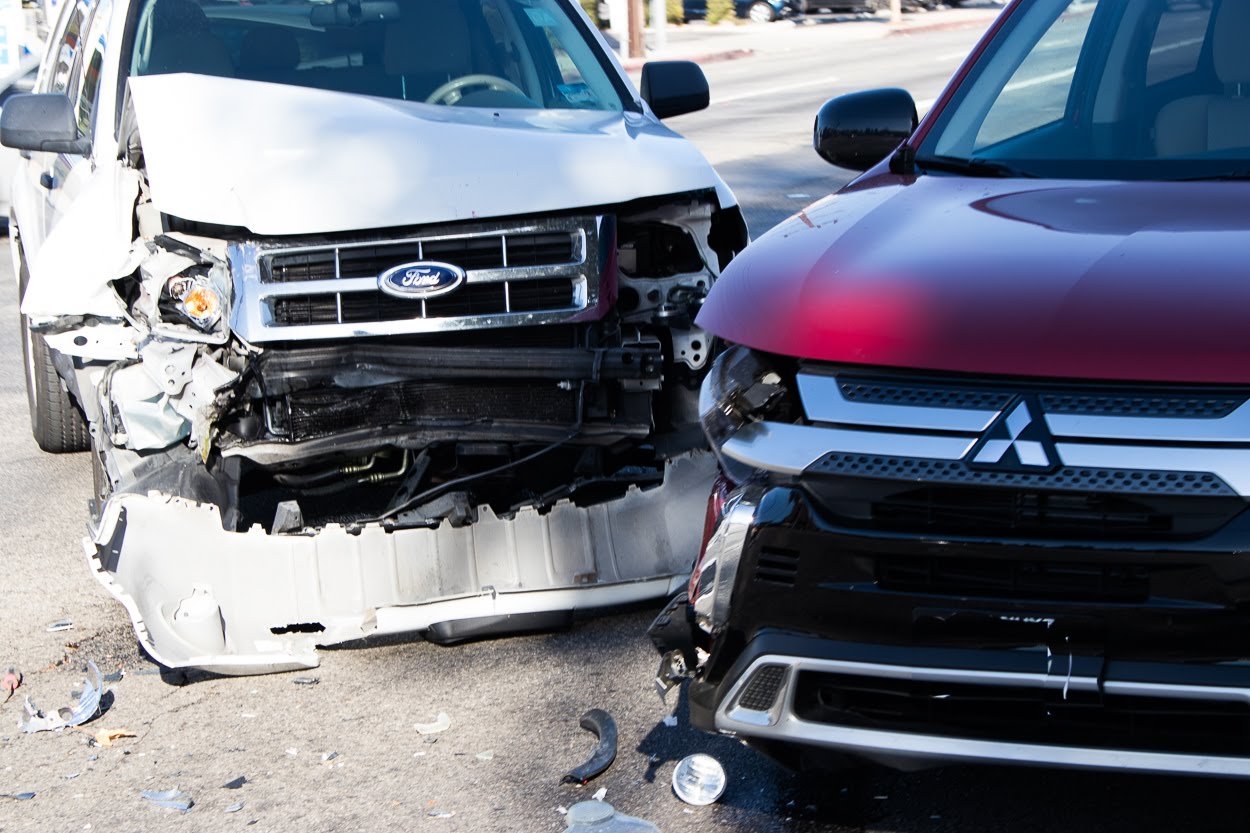
Bicyclists in California have the same rights and responsibilities as motorists, yet they remain among the most vulnerable road users. In a bicycle accident, proving negligence is essential to recovering compensation for medical bills, lost income, and other damages. Negligence in legal terms means that someone failed to act with reasonable care, and that failure caused your injuries.
Our San Diego personal injury lawyers want all riders to understand how negligence is established, which can help you protect your rights and strengthen your claim after a crash.
The Key Elements of Negligence
To prove negligence in a California bicycle accident case, you must demonstrate four main elements.
They include:
- Duty of Care – The driver, property owner, or other responsible party had a legal obligation to act in a way that would not cause harm. For example, motorists have a duty to follow traffic laws and drive safely around cyclists.
- Breach of Duty – The at-fault party failed to uphold that duty. This could involve speeding, running a stop sign, driving distracted, or opening a car door without checking for cyclists.
- Causation – There must be a direct link between the breach of duty and your injuries. In other words, the negligent action must have caused the accident.
- Damages – You must show that you suffered actual harm, such as physical injuries, medical expenses, lost wages, or pain and suffering.
Without evidence to prove each element, the insurance company may dispute your claim or offer less than you deserve.
Gathering Evidence to Support Your California Bicycle Accident and Injury Claim
Evidence is the foundation of any successful negligence claim. After a bicycle accident, it is crucial to collect and preserve as much evidence as possible.
That may include:
- Photographs of the accident scene, your injuries, and any damage to your bike or personal property.
- Witness statements from anyone who saw the crash.
- A copy of the police report, which can document fault and provide essential details.
- Medical records showing the extent of your injuries and the treatment required.
- Surveillance or traffic camera footage, if available, which can provide an objective view of the incident.
Because evidence can be lost or altered over time, acting quickly after a crash is critical to protecting your case.
Comparative Negligence in California
California follows a “pure comparative negligence” rule. This means that even if you are partially at fault for the accident, you can still recover damages, but your percentage of fault will reduce your compensation. For example, if you are found 20% responsible for the crash and your damages total $100,000, your award would be reduced to $80,000. Insurance companies often try to use this rule to shift blame onto injured cyclists, making it essential to have skilled legal representation to counter these tactics.
How National Injury Help Protects Injured Cyclists
At National Injury Help, we understand the unique risks cyclists face and the challenges of proving negligence in bicycle accident cases. Our San Diego County bicycle accident attorneys represent injured cyclists throughout California, working to hold negligent drivers and other at-fault parties accountable. We gather the evidence needed to build a strong case and fight for the maximum compensation you deserve so you can focus on healing and getting back on the road.
Contact National Injury Help today for a free consultation. We are here to protect your rights, explain your legal options, and pursue the justice and financial recovery you need after a bicycle accident.
Note: The information provided in this article is based on reports from publicly available sources, including news outlets, police reports, and eyewitness accounts. National Injury Help has not independently verified all details of the reported incident. If you find any inaccurate or outdated information, please contact us, and we will review and update the content as appropriate. The photo used in this post is for illustrative purposes only and does not depict the actual scene of the incident.
Disclaimer: The content of this article is intended for informational purposes only and does not constitute legal advice or establish an attorney-client relationship with National Injury Help. For legal assistance specific to your case, we encourage you to contact a qualified attorney.
Free Case Evaluation
Contact Us today for a FREE, Immediate Case Evaluation
Contact Us today for a FREE, Immediate Case Evaluation
Categories
Recent posts
- Tempe, AZ – Injuries Reported in Crash at Baseline Rd & Beck Ave
- Litchfield Park, AZ – UPDATE: Man Arrested in Fatal Crash at Camelback Rd & Litchfield Rd
- Litchfield Park, AZ – ACTUALIZACIÓN: Hombre arrestado tras choque fatal en Camelback Rd & Litchfield Rd
- Tucson, AZ – Choque deja heridos en Bilby Rd & Morris St
- Tempe, AZ – Heridos en choque en Baseline Rd & Beck Ave







